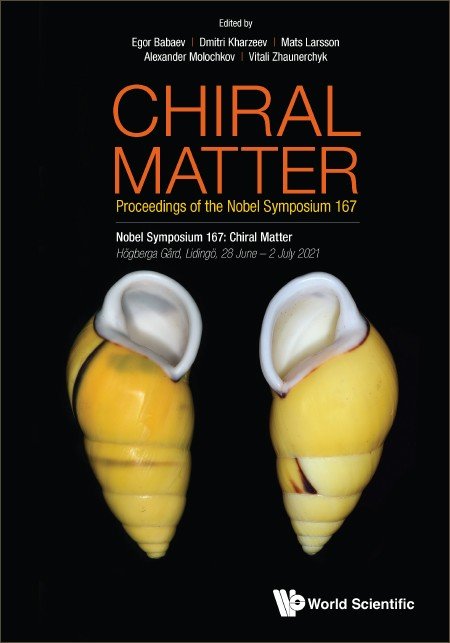Chiral Magnetic Effect in Heavy Ion Collisions and Beyond
Chirality is a ubiquitous concept in modern science, from particle physics to biology. In quantum physics, chirality of fermions is linked to topology of gauge fields by the chiral anomaly. While the chiral anomaly is usually associated with the short-distance behavior in field theory, in recent years it has been realized that it also affects the macroscopic behavior of systems with chiral fermions. In particular, the local imbalance between left- and right-handed fermions in the presence of a magnetic field induces non-dissipative transport of electric charge (“the Chiral Magnetic Effect”, CME). In heavy ion collisions, there is an ongoing search for this effect at Relativistic Heavy Ion Collider, with results from a dedicated isobar run presented very recently. An observation of CME in heavy ion collisions could shed light on the mechanism of baryon asymmetry generation in the Early Universe. Recently, the CME has been discovered in Dirac and Weyl semimetals possessing chiral quasi-particles. This observation opens a path towards quantum sensors, and potentially a new kind of quantum computers.



